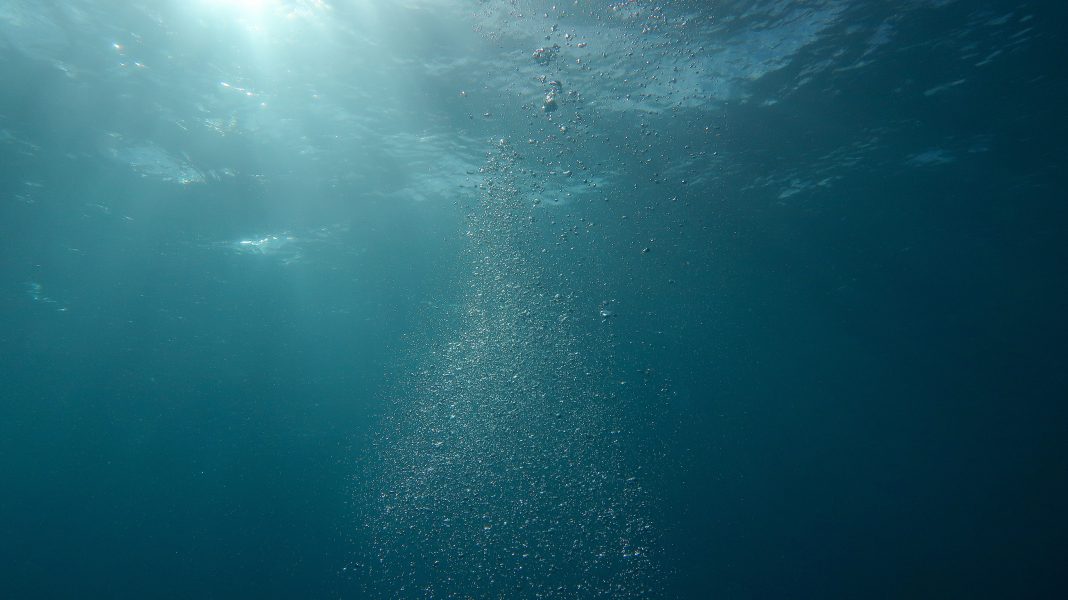Earth is called the blue planet for a reason. Water accounts for approximately 71% of the Earth’s surface. But how much of it is actually usable for our daily needs? Water is necessary for our survival, sanitation, many of our products, various aspects of our economy, as well as our quality of life. Clean drinking water is the most precious resource we have, and according to the Institute of Medicine, water is the largest single constituent of our bodies, making up about 60% of the adult human body. According to a report published by the World Health Organization, people require about 2.5 liters of water per day from drinking sources and food. Simply put, water is essential for all life on Earth.
Because water is so essential, it seems like the most obvious thing to protect. Governments, nongovernmental organizations, and private companies are working to improve water sanitation and delivery systems, but more action is needed to ensure the most vulnerable populations have long-term access to clean water. According to World Vision, more than 80% of the population in Eritrea, East Africa lacks basic water services. Many water sources are contaminated by human and animal waste, and deforestation and poor farming practices are making the problem worse. Even some of the wealthiest countries in the world have issues with water contamination, as we saw in the case of Flint, Michigan, in the U.S., where thousands of residents, including young children, were poisoned by water contaminated with lead. Today, after nearly $400 million in state and federal spending to provide Flint with a clean water source, many residents still don’t trust that their drinking water is safe (Politico).
This lack of trust is understandable, given that our political leaders sometimes treat clean water as a low priority. In 2019, the Trump administration repealed regulations designed to limit polluting chemicals that could be used near streams, wetlands and other bodies of water. This means polluters no longer need permits to discharge potentially harmful substances into many streams and wetlands (The New York Times). According to The White House, President Biden intends to restore many of the clean water protections that were repealed under former President Trump.
According to the US Geological Survey, only 2.5% of Earth’s water is freshwater and many of the world’s most populated areas exist in places where freshwater is especially scarce. Modern infrastructure relies heavily on rivers, which are channelized and diverted to urban centers to support human population growth. According to The Bureau of Reclamation, the Colorado River and its tributaries provide water to nearly 40 million people, including the major cities of Los Angeles, San Diego, and Phoenix. It also irrigates nearly 5.5 million acres of land. River channelization at this large of scale has many negative consequences for biodiversity, with species of fish, birds, and amphibians devastated by the changes to their natural habitat.
Billions of people around the world are impacted by water pollution, which can come from trash, agricultural runoff, industrial discharge, human and animal waste, and other sources. 1 in 3 people lack safe drinking water, and over half of the global population (4.2 billion people) lack safe sanitation (UNICEF/WHO 2019). 207 million people spend over 30 minutes per round trip to collect water from an improved source (UNICEF/WHO 2019). Pollution is entering our waterways through new and more insidious ways, as indicated in a study by the US Geological Survey that found microplastic fibers, beads, and shards in rainwater samples collected from the Rocky Mountains.
Climate change impacts such as droughts and floods are further exacerbating our global water crisis. NASA scientists are studying how climate change is affecting the distribution of water and precipitation patterns, and their findings indicate that some areas are projected to get wetter as a result of increased precipitation, while other areas will become drier due to warming temperatures. These trends suggest there will be changes to water access with ripple effects throughout our communities today and in the coming century.
As with many of the environmental issues facing us, the solutions must be immediate and at all levels of society. Residential water use should utilize greywater systems, rain barrel collection, and basic water conservation methods such as shorter showers. Commercial businesses should implement water recycling infrastructure and irrigation with reclaimed water. Governments must implement and enforce clean water regulations, while also using drought-tolerant native plants in landscaping and avoiding any new construction in areas prone to sea level rise. Agriculture should focus on regenerative methods that use less water. Implementation of these strategies can reduce the effects of the global water crisis and hopefully lead to more equitable access around the world of Earth’s most precious resource.

